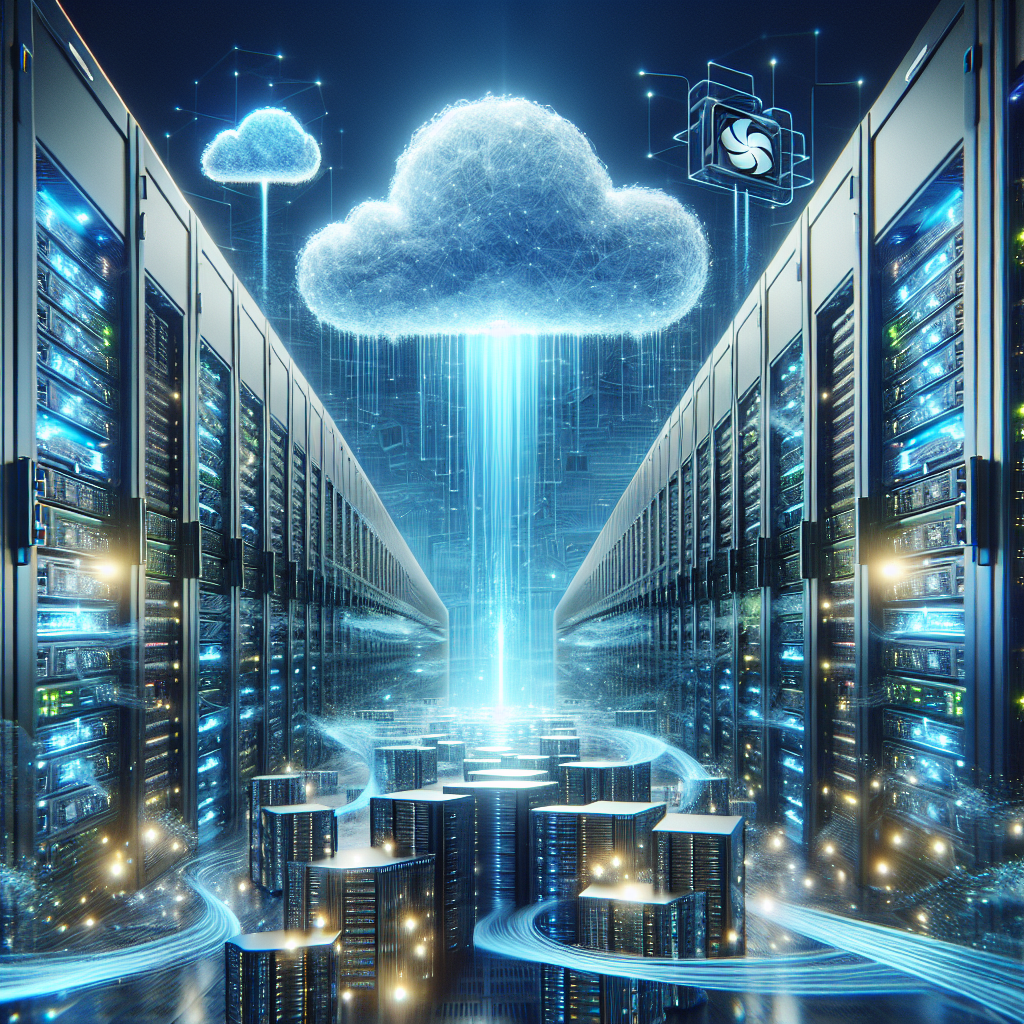As Microsoft broadens its ambitions in generative artificial intelligence, the company is doubling down on investments in data center infrastructure underpinning its Azure cloud platform – a move poised to redefine competition in the technology sector and ripple across global business.
Soaring demand for generative AI has triggered a new arms race among hyperscalers, forcing them to invest tens of billions of dollars in server farms, networking hardware, and energy resources to power increasingly large AI models. Microsoft, whose partnership with OpenAI has positioned it at the forefront of the AI revolution, is channeling capital into both building new data centers and modernizing existing sites to support emerging AI workloads.
“Every customer conversation today is about AI,” Microsoft’s Executive Vice President of Cloud and AI Scott Guthrie said in an interview. “Data centers are at the core of that transformation.”
Sources familiar with the company’s strategy say data center investment has reached unprecedented levels. In its most recent earnings report, Microsoft disclosed capital expenditures of $14 billion in the fiscal third quarter ending March 31, up from $11.5 billion in the previous quarter and a significant leap from the year-earlier period. The company expects such elevated spending to continue into the foreseeable future as it seeks to sustain Azure’s competitive edge.
At the heart of these investments are purpose-built facilities designed for the power and cooling needs of advanced AI chips, such as Nvidia’s in-demand GPUs. Unlike traditional cloud environments, generative AI workloads require vastly more compute power — and, by extension, electricity. Microsoft is looking to ensure both the supply of specialized hardware and the resilience of energy infrastructure necessary for uninterrupted AI training and inference.
Energy demand is pushing hyperscalers like Microsoft into uncharted territory, including novel partnerships with utilities and renewable energy providers. The company is experimenting with nuclear power and other low-carbon energy sources in a bid not just to meet its aggressive sustainability targets, but to secure the huge quantities of electricity AI requires.
Microsoft’s approach reflects the high-stakes calculus facing cloud providers as they try to capture a share of what industry analysts describe as a trillion-dollar opportunity. In the short term, the company faces pressure to launch new AI features at breakneck speed, all while ensuring cloud reliability and efficient operations. Guthrie noted that Microsoft works closely with OpenAI to identify demands for infrastructure scale, as well as with thousands of enterprise customers eager to embed generative AI into their own products.
The benefits of heavy data center investment extend beyond the company’s topline. Azure’s growing inventory of AI-ready infrastructure has become a key differentiator as large enterprise customers and fast-moving startups weigh where to run their most critical AI projects.
Still, such rapid expansion is not without challenges. Analysts warn of potential bottlenecks in semiconductor supply chains and highlight the complexity of grid-level planning as data centers draw ever-more energy. There are also economic headwinds; interest rates and fluctuating construction costs can delay or derail multi-billion-dollar projects.
Microsoft’s moves offer a preview of how the cloud landscape is likely to evolve. As generative AI transitions from novelty to necessity, the infrastructure race has only just begun, with ramifications for technology providers, utility companies, and corporate customers worldwide.
“This is unlike any cycle we’ve seen before,” Guthrie said. “The investments we’re making now will define the next decade of cloud and AI.”




 WebProNews is an iEntry Publication
WebProNews is an iEntry Publication